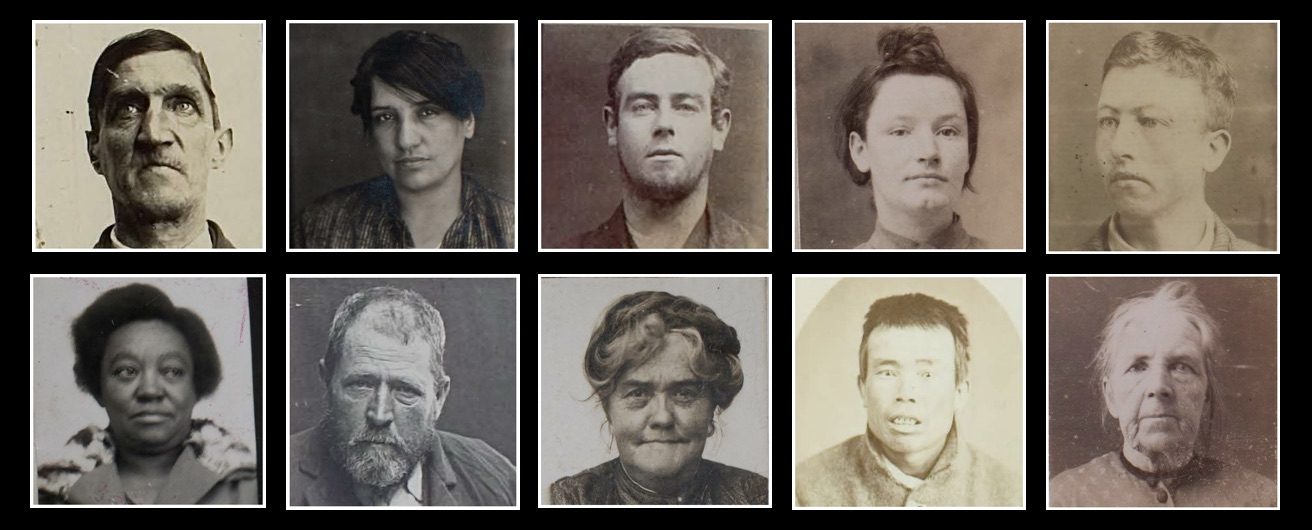Whereas today the term abduction is synonymous with kidnapping, historically the term referred to a more specific type of offence, or rather a more specific category of victim. Three types of abduction were recognised under sections 50-52 of Victoria’s Criminal Law and Practice Statute 1864:
- abduction of a woman from motives of lucre or by fraud with intent to marry or carnally know her against her will, or if under 21 years of age without consent of her parent or guardian (liable to imprisonment for up to 15 years);
- forcible abduction of woman with intent to marry or carnally know her (liable to prison for up to 10 years);
- and abduction of girl under sixteen without consent of her parent or guardian (liable to prison for up to 2 years).
The first provision was intended to prevent the abduction of heiresses with the intention of gaining their fortunes by a forcible marriage, which had been a not uncommon practice in some parts of Britain in earlier centuries. In the colonies, these provisions were used typically in cases where parents objected to their underage daughter’s choice in groom, sometimes because of differences in class, religion, age or race. An example of a prosecution of the offence, involving a Syrian hawker secretly marrying a 15-year-old girl without her parent’s consent in 1892, can be read about here.
Further information:
Lindsey, Kiera. “‘So much recklessness’: Abduction in the Colony of New South Walest.” Australian Historical Studies 44, no. 3 (2013): 438-456.
